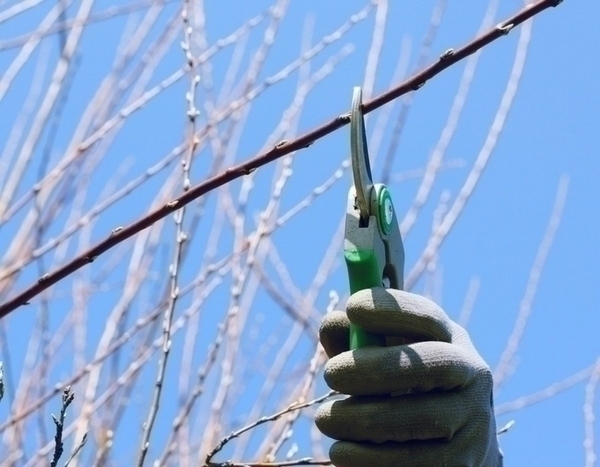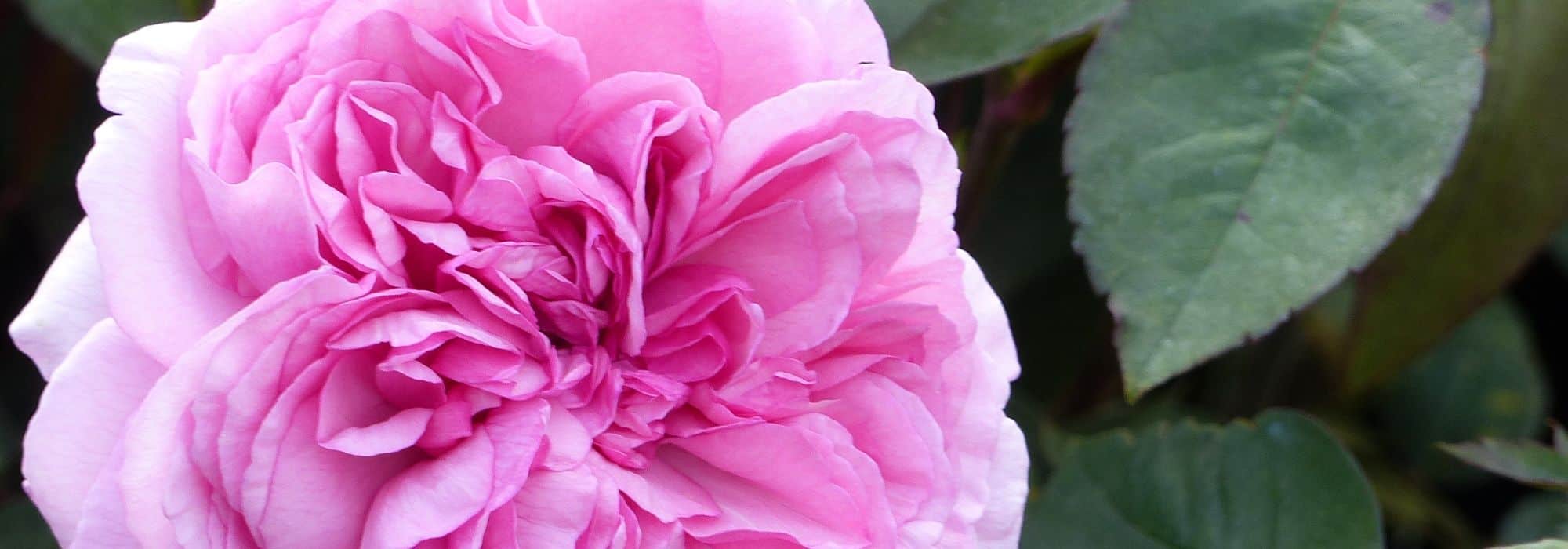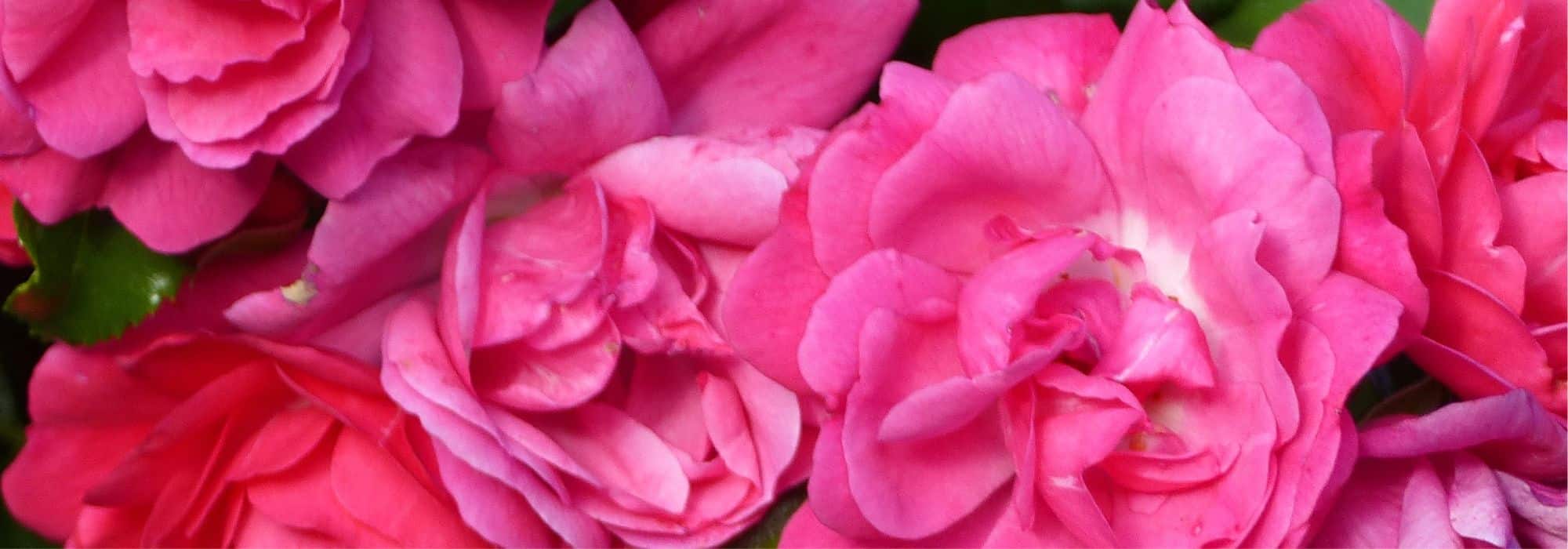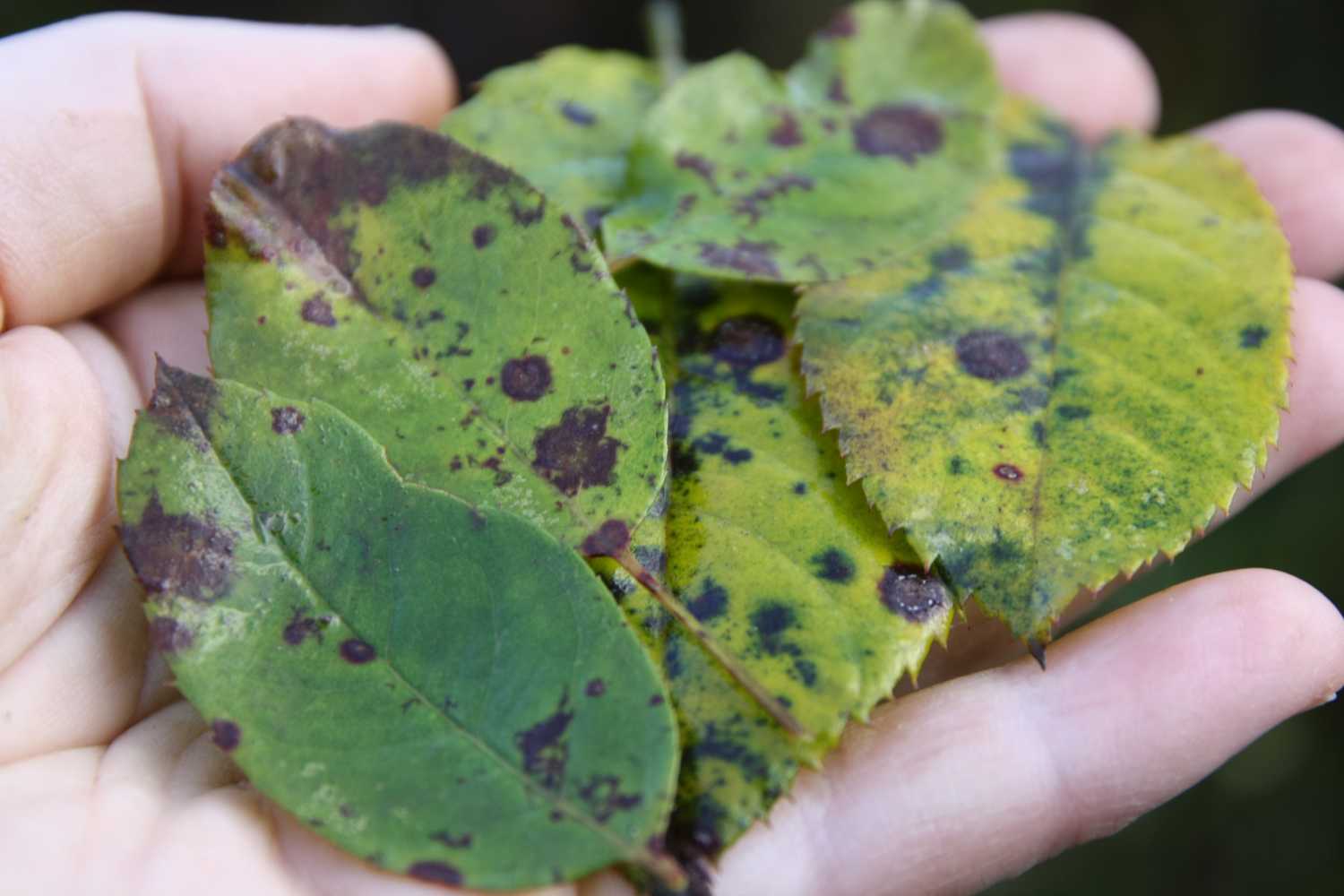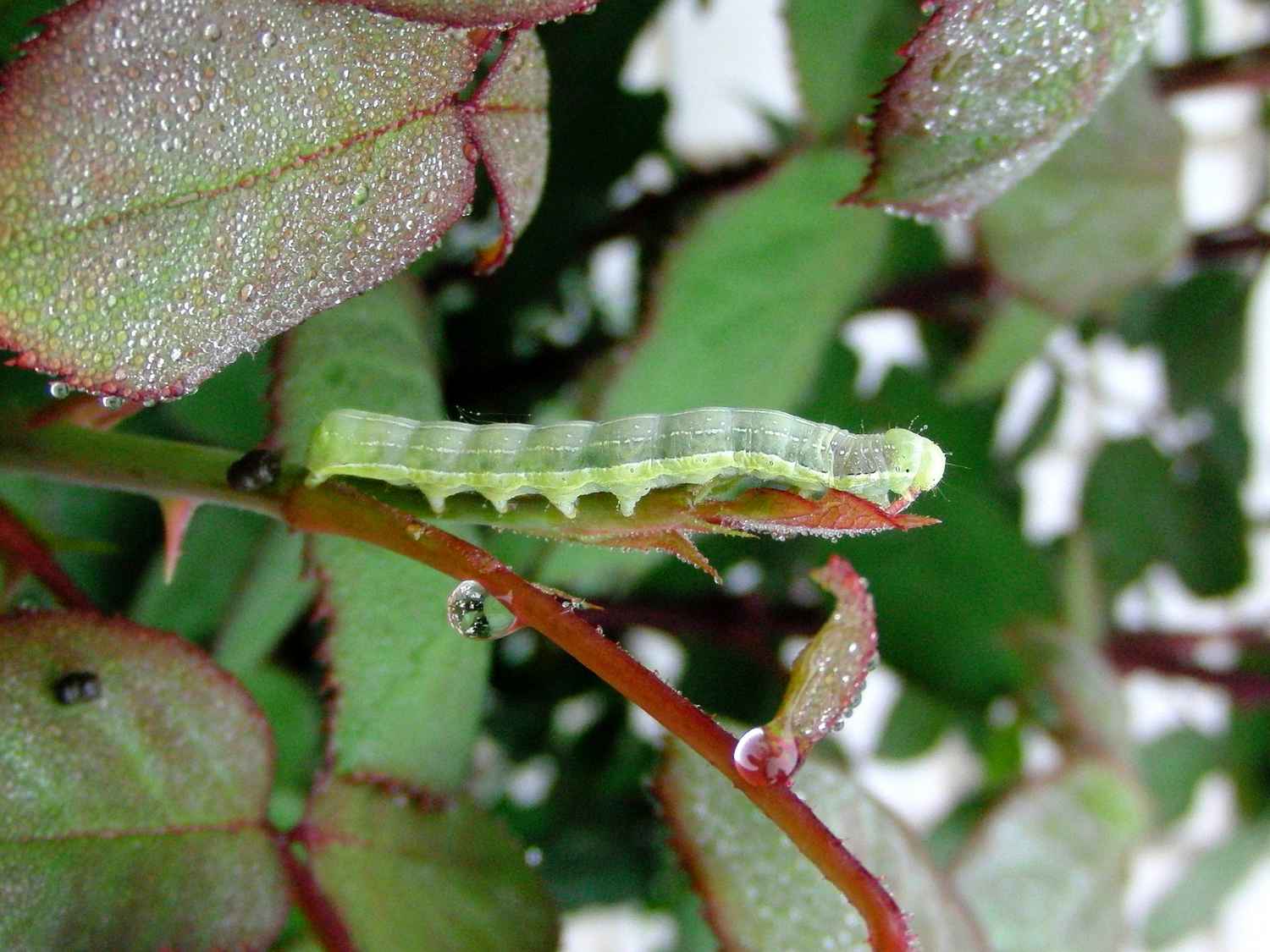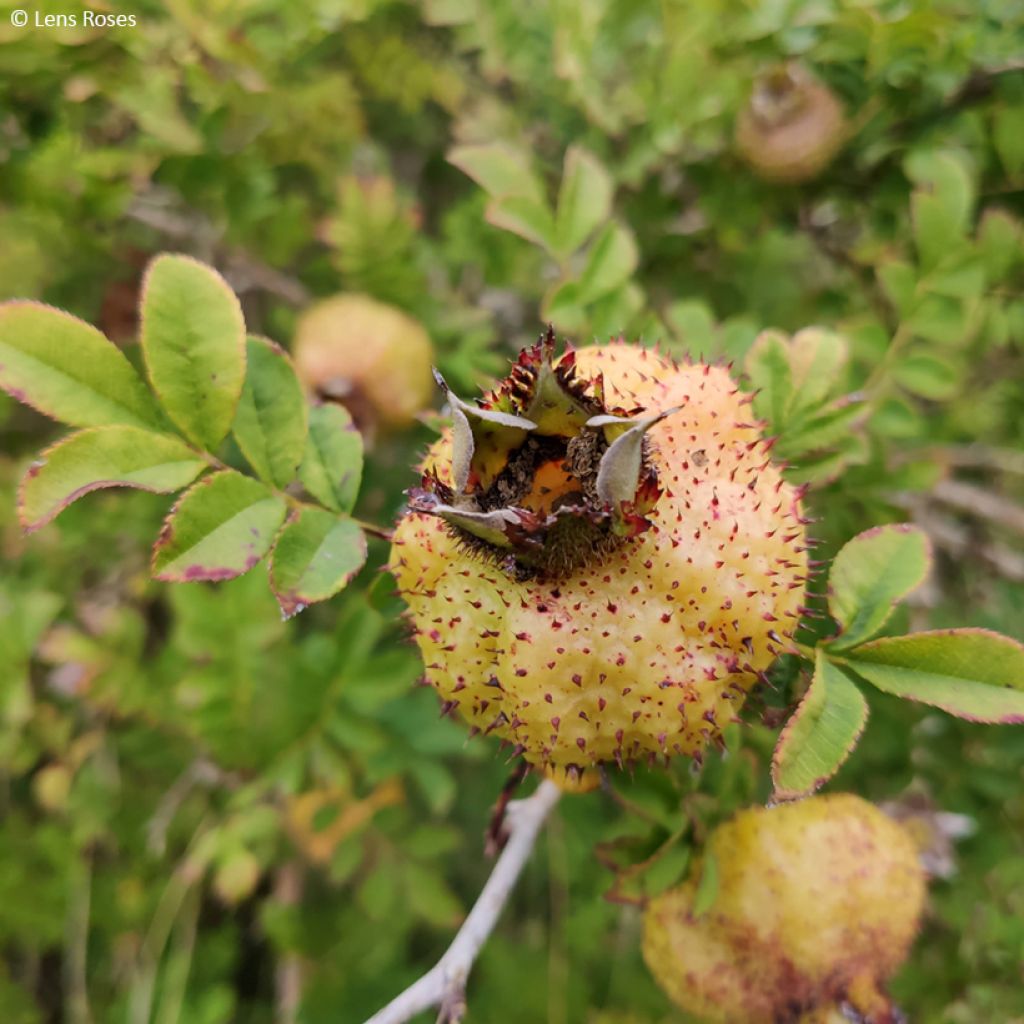

Rosa roxburghii Lampion


Rosa roxburghii Lampion
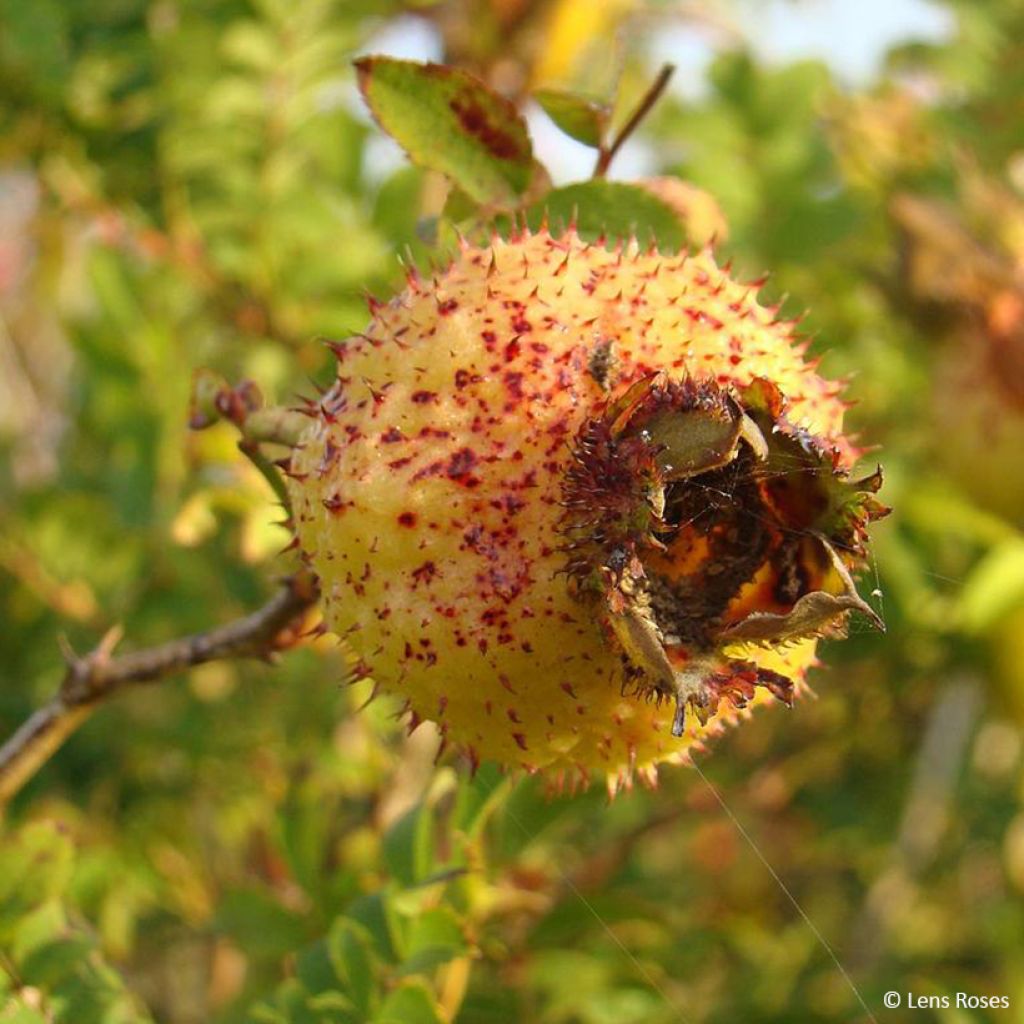

Rosa roxburghii Lampion
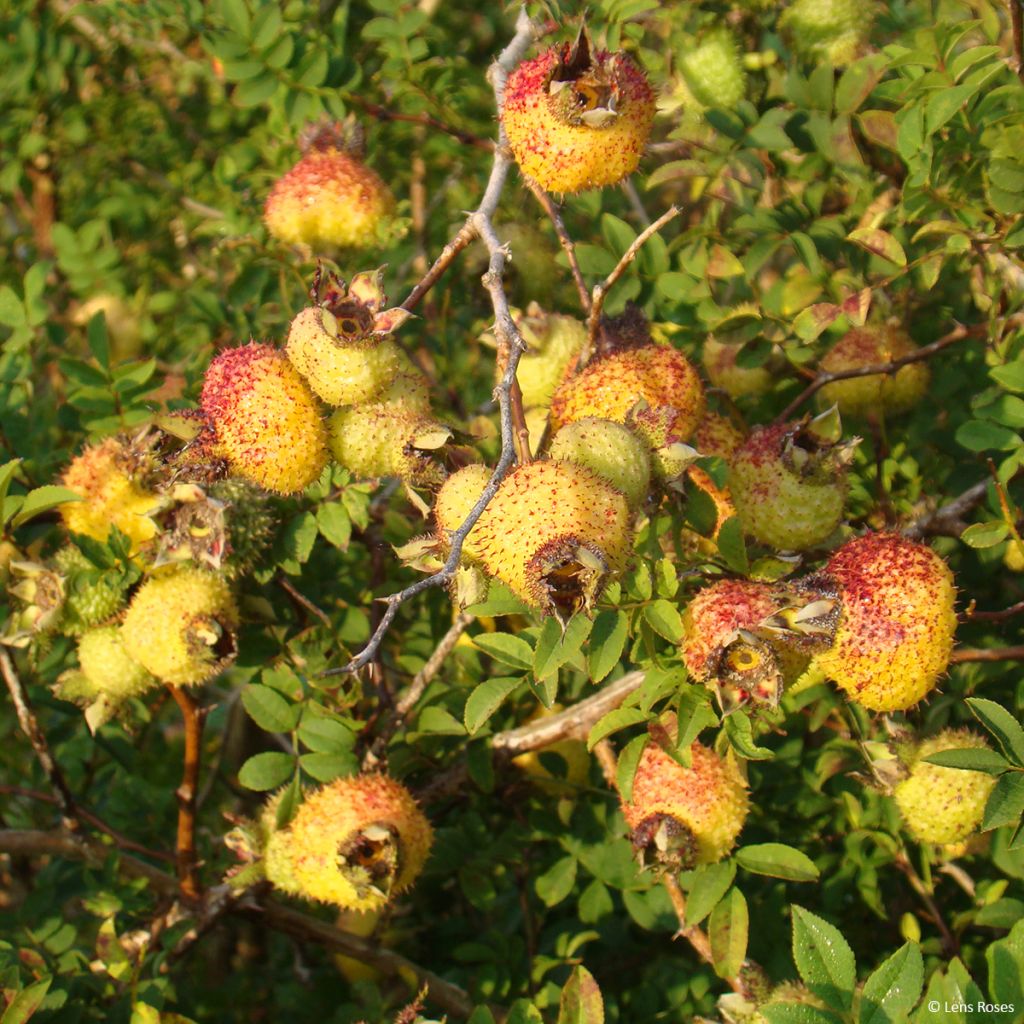

Rosa roxburghii Lampion
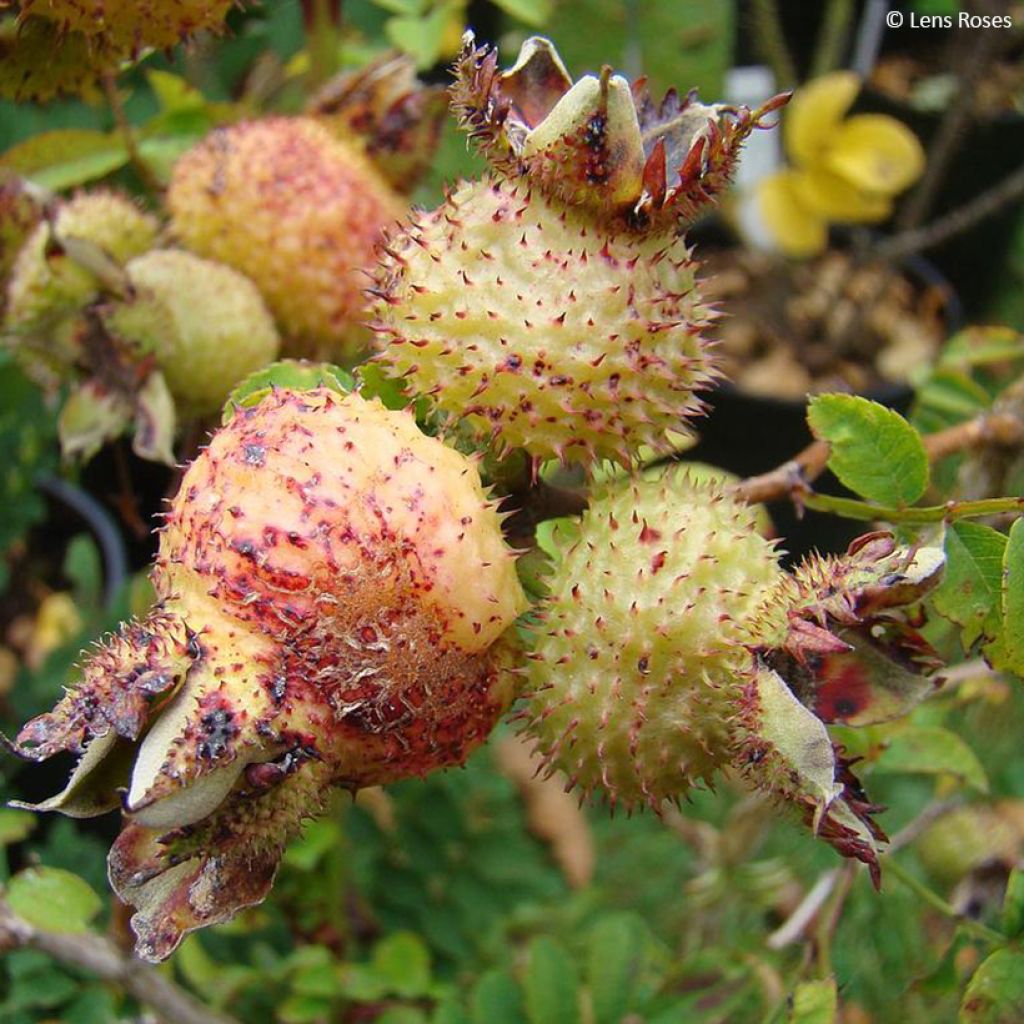

Rosa roxburghii Lampion
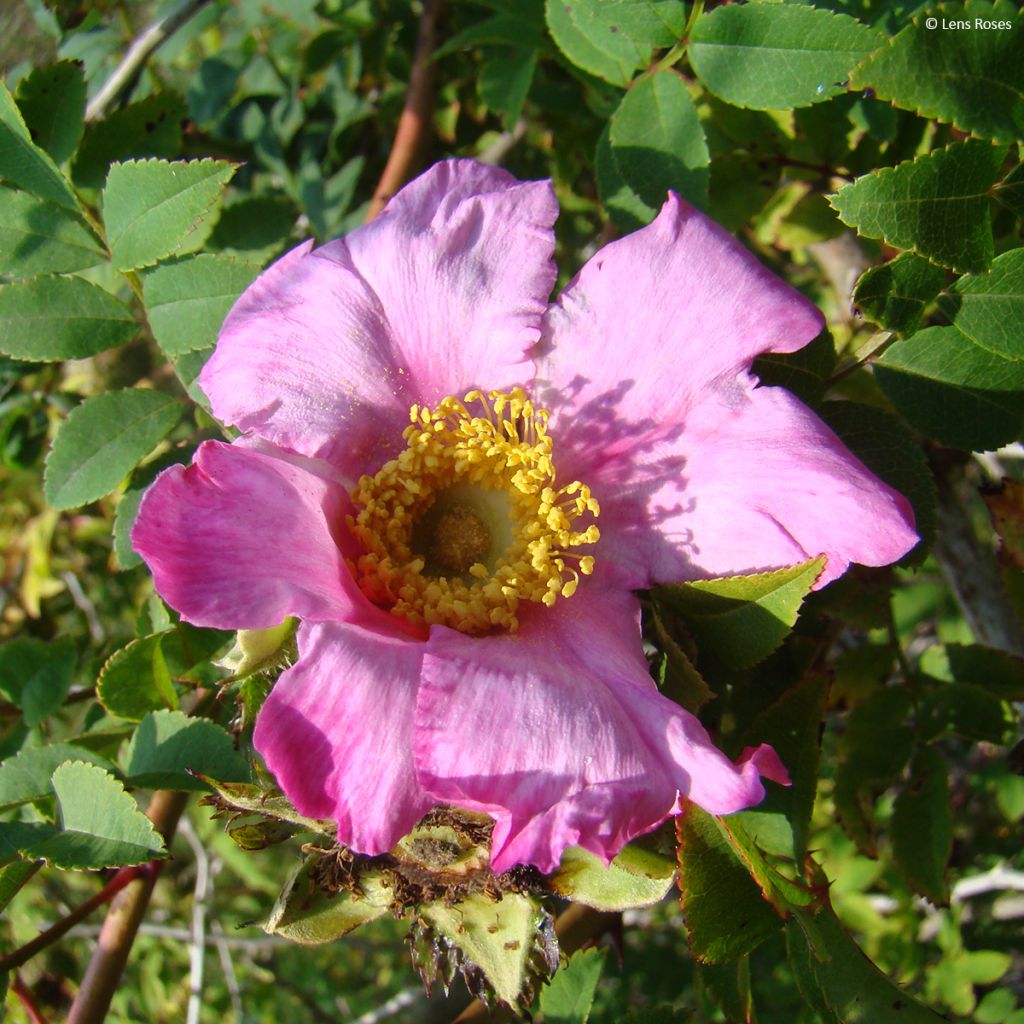

Rosa roxburghii Lampion
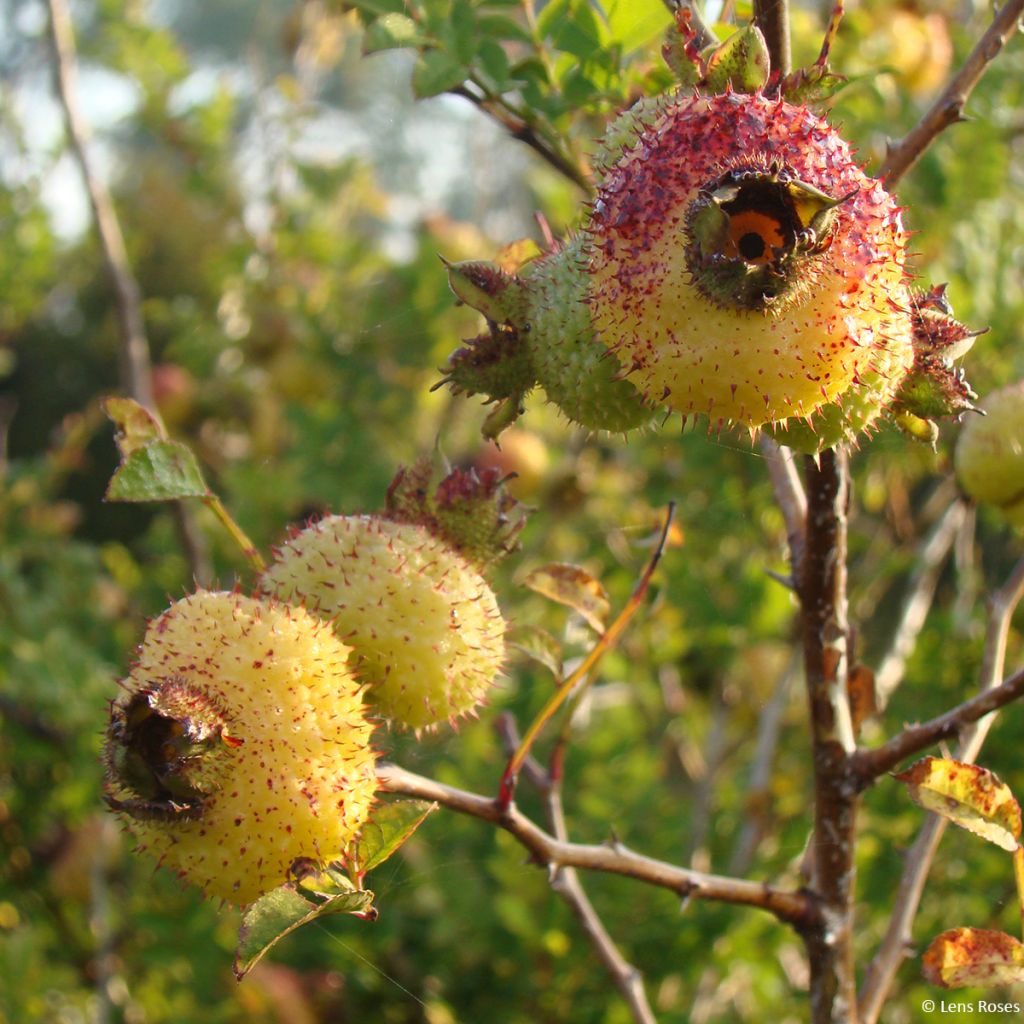

Rosa roxburghii Lampion
Rosa roxburghii Lampion
Rosa x roxburghii Lampion
Chestnut Rose, Burr Rose
Thank you to the team (for order preparation and shipping), the bare-root rose received is poorly shaped and has few roots. Planted in the ground, I am now patiently waiting for it to take root... (or not?).
Thierry, 20/11/2024
Special offer!
Receive a €20 voucher for any order over €90 (excluding delivery costs, credit notes, and plastic-free options)!
1- Add your favorite plants to your cart.
2- Once you have reached €90, confirm your order (you can even choose the delivery date!).
3- As soon as your order is shipped, you will receive an email containing your voucher code, valid for 3 months (90 days).
Your voucher is unique and can only be used once, for any order with a minimum value of €20, excluding delivery costs.
Can be combined with other current offers, non-divisible and non-refundable.
Home or relay delivery (depending on size and destination)
Schedule delivery date,
and select date in basket
We guarantee the quality of our plants for a full growing cycle, and will replace at our expense any plant that fails to recover under normal climatic and planting conditions.
Description
The Rose x roxburghii 'Lampion' is a beautiful hybrid of the chestnut rose, a unique Chinese botanical species. This bush, selected in Belgium by Lens Roses in 2013, differs from the original species with its exceptionally long-lasting and decorative fruiting and a more sturdy and compact habit. It is characterised by perpetual flowering, beautiful pink silky roses, finely compound foliage, peculiar thorny fruits, and bark that tends to peel off. Undemanding and robust, this rose has its place in a country or defensive hedge. It will delight enthusiasts of botanical curiosities.
Rosa roxburghii is a botanical rose native to southern and western China and Japan. In nature, it grows in mountain forests, along riverbanks, and on slopes between 500 and 1500 metres (1640 and 4921 feet) above sea level. Its vernacular name, "chestnut rose", comes from the appearance of its fruits, which resemble chestnut burrs. Its hybrid 'Lampion' is a beautiful, well-branched bush with an upright habit. It reaches a height of 1.50 to 1.80 metres (5 to 6 feet) and a spread of about 1.20 metres (4 feet). Its stems are well equipped with prickles. Its foliage consists of long leaves and numerous small light green leaflets that turn fir tree green, semi-matte. Its grey-brown bark tends to peel off in ribbons with age. This rose blooms abundantly from late May to early July and sporadically until autumn. The flowers are single, light pink, composed of 6 to 7 crumpled petals, similar to Rosa roxburghii f. normalis. They measure about 6 cm (2in) in diameter and are slightly fragrant. The centre of the corolla is occupied by a large cluster of yellow stamens that attract bees. After pollination, large, round and spiny hips form. Unlike the species, they persist on the branches and turn yellow-orange in autumn. It is their lantern-like appearance that inspired the variety's name. The deciduous foliage is absent in winter.
The rose roxburghii 'Lampion' is a botanical curiosity appreciated for its unusual fruiting and beautiful growth. It can be planted in a flower bush bed or an untamed hedge. It has its place in a slightly wild garden or that of a curious gardener or even an enlightened rose enthusiast. Finally, once established, it is a sturdy shrub. There are plenty of ideas to accompany it in the garden: with other botanical roses (Rosa hugonis, R. omeiensis Pteracantha), lilacs, mock oranges, Japanese quinces, amelanchiers, deciduous spindles...
While the passion for botanical roses and their direct hybrids is not widespread, it is well justified, especially in poor soils or difficult climates. These roses are not only the ancestors of our modern roses but are generally more robust and reliable.
Rosa roxburghii Lampion in pictures
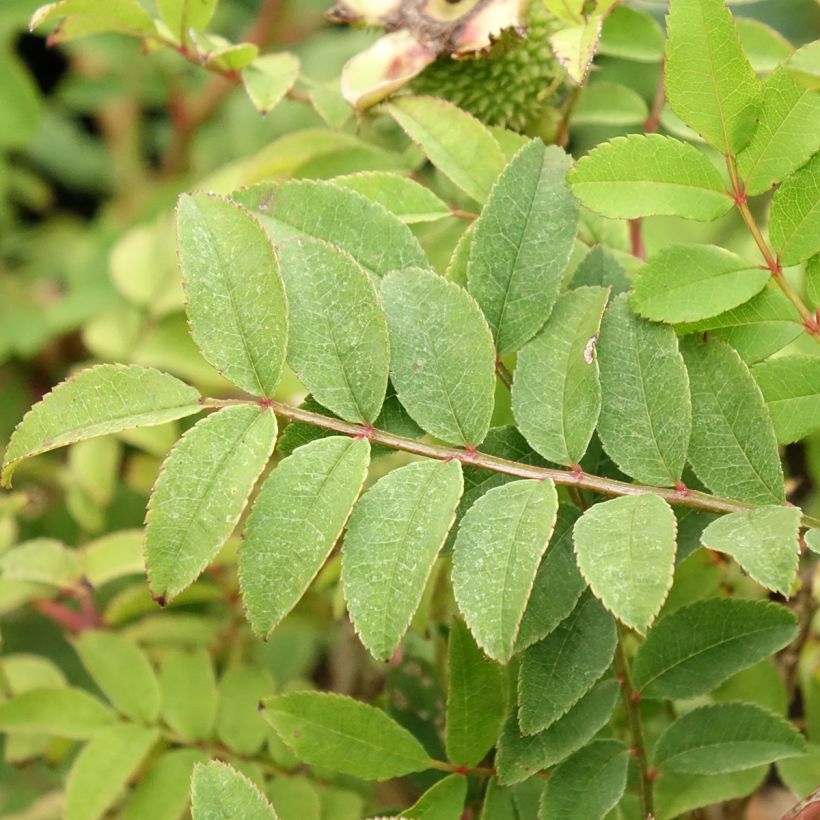

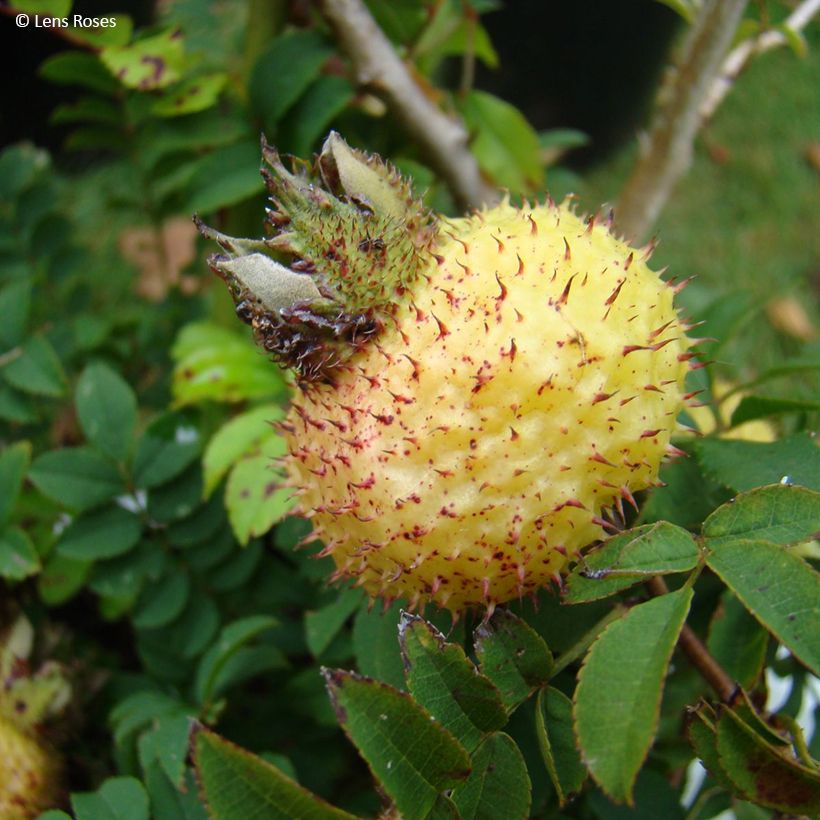

Plant habit
Flowering
Foliage
Botanical data
Rosa
x roxburghii
Lampion
Rosaceae
Chestnut Rose, Burr Rose
Cultivar or hybrid
Planting and care
The 'Lampion' roxburghii rose prefers deep soils, regardless of their nature and pH. Once established, like most roses, it tolerates dry and hot summers quite well, thanks to its deep root system. It is hardy to at least -15°C (5°F). It enjoys a sunny exposure but appreciates partial shade in hot climates. Fairly resistant to rose diseases, it can sometimes be more susceptible in humid climates. It adapts to all gardens as long as the planting is well cared for! While pruning is not essential, removing dead wood in winter and shortening some branches just after flowering can be useful. Avoid severe pruning that disfigures the attractive habit of this bush.
Roses may develop unsightly spots at the end of summer, but it's a natural and harmless occurrence.
Planting period
Intended location
Care
Planting & care advice
-
, onOrder confirmed
Reply from on Promesse de fleurs
Haven't found what you were looking for?
Hardiness is the lowest winter temperature a plant can endure without suffering serious damage or even dying. However, hardiness is affected by location (a sheltered area, such as a patio), protection (winter cover) and soil type (hardiness is improved by well-drained soil).

Photo Sharing Terms & Conditions
In order to encourage gardeners to interact and share their experiences, Promesse de fleurs offers various media enabling content to be uploaded onto its Site - in particular via the ‘Photo sharing’ module.
The User agrees to refrain from:
- Posting any content that is illegal, prejudicial, insulting, racist, inciteful to hatred, revisionist, contrary to public decency, that infringes on privacy or on the privacy rights of third parties, in particular the publicity rights of persons and goods, intellectual property rights, or the right to privacy.
- Submitting content on behalf of a third party;
- Impersonate the identity of a third party and/or publish any personal information about a third party;
In general, the User undertakes to refrain from any unethical behaviour.
All Content (in particular text, comments, files, images, photos, videos, creative works, etc.), which may be subject to property or intellectual property rights, image or other private rights, shall remain the property of the User, subject to the limited rights granted by the terms of the licence granted by Promesse de fleurs as stated below. Users are at liberty to publish or not to publish such Content on the Site, notably via the ‘Photo Sharing’ facility, and accept that this Content shall be made public and freely accessible, notably on the Internet.
Users further acknowledge, undertake to have ,and guarantee that they hold all necessary rights and permissions to publish such material on the Site, in particular with regard to the legislation in force pertaining to any privacy, property, intellectual property, image, or contractual rights, or rights of any other nature. By publishing such Content on the Site, Users acknowledge accepting full liability as publishers of the Content within the meaning of the law, and grant Promesse de fleurs, free of charge, an inclusive, worldwide licence for the said Content for the entire duration of its publication, including all reproduction, representation, up/downloading, displaying, performing, transmission, and storage rights.
Users also grant permission for their name to be linked to the Content and accept that this link may not always be made available.
By engaging in posting material, Users consent to their Content becoming automatically accessible on the Internet, in particular on other sites and/or blogs and/or web pages of the Promesse de fleurs site, including in particular social pages and the Promesse de fleurs catalogue.
Users may secure the removal of entrusted content free of charge by issuing a simple request via our contact form.
The flowering period indicated on our website applies to countries and regions located in USDA zone 8 (France, the United Kingdom, Ireland, the Netherlands, etc.)
It will vary according to where you live:
- In zones 9 to 10 (Italy, Spain, Greece, etc.), flowering will occur about 2 to 4 weeks earlier.
- In zones 6 to 7 (Germany, Poland, Slovenia, and lower mountainous regions), flowering will be delayed by 2 to 3 weeks.
- In zone 5 (Central Europe, Scandinavia), blooming will be delayed by 3 to 5 weeks.
In temperate climates, pruning of spring-flowering shrubs (forsythia, spireas, etc.) should be done just after flowering.
Pruning of summer-flowering shrubs (Indian Lilac, Perovskia, etc.) can be done in winter or spring.
In cold regions as well as with frost-sensitive plants, avoid pruning too early when severe frosts may still occur.
The planting period indicated on our website applies to countries and regions located in USDA zone 8 (France, United Kingdom, Ireland, Netherlands).
It will vary according to where you live:
- In Mediterranean zones (Marseille, Madrid, Milan, etc.), autumn and winter are the best planting periods.
- In continental zones (Strasbourg, Munich, Vienna, etc.), delay planting by 2 to 3 weeks in spring and bring it forward by 2 to 4 weeks in autumn.
- In mountainous regions (the Alps, Pyrenees, Carpathians, etc.), it is best to plant in late spring (May-June) or late summer (August-September).
The harvesting period indicated on our website applies to countries and regions in USDA zone 8 (France, England, Ireland, the Netherlands).
In colder areas (Scandinavia, Poland, Austria...) fruit and vegetable harvests are likely to be delayed by 3-4 weeks.
In warmer areas (Italy, Spain, Greece, etc.), harvesting will probably take place earlier, depending on weather conditions.
The sowing periods indicated on our website apply to countries and regions within USDA Zone 8 (France, UK, Ireland, Netherlands).
In colder areas (Scandinavia, Poland, Austria...), delay any outdoor sowing by 3-4 weeks, or sow under glass.
In warmer climes (Italy, Spain, Greece, etc.), bring outdoor sowing forward by a few weeks.


































